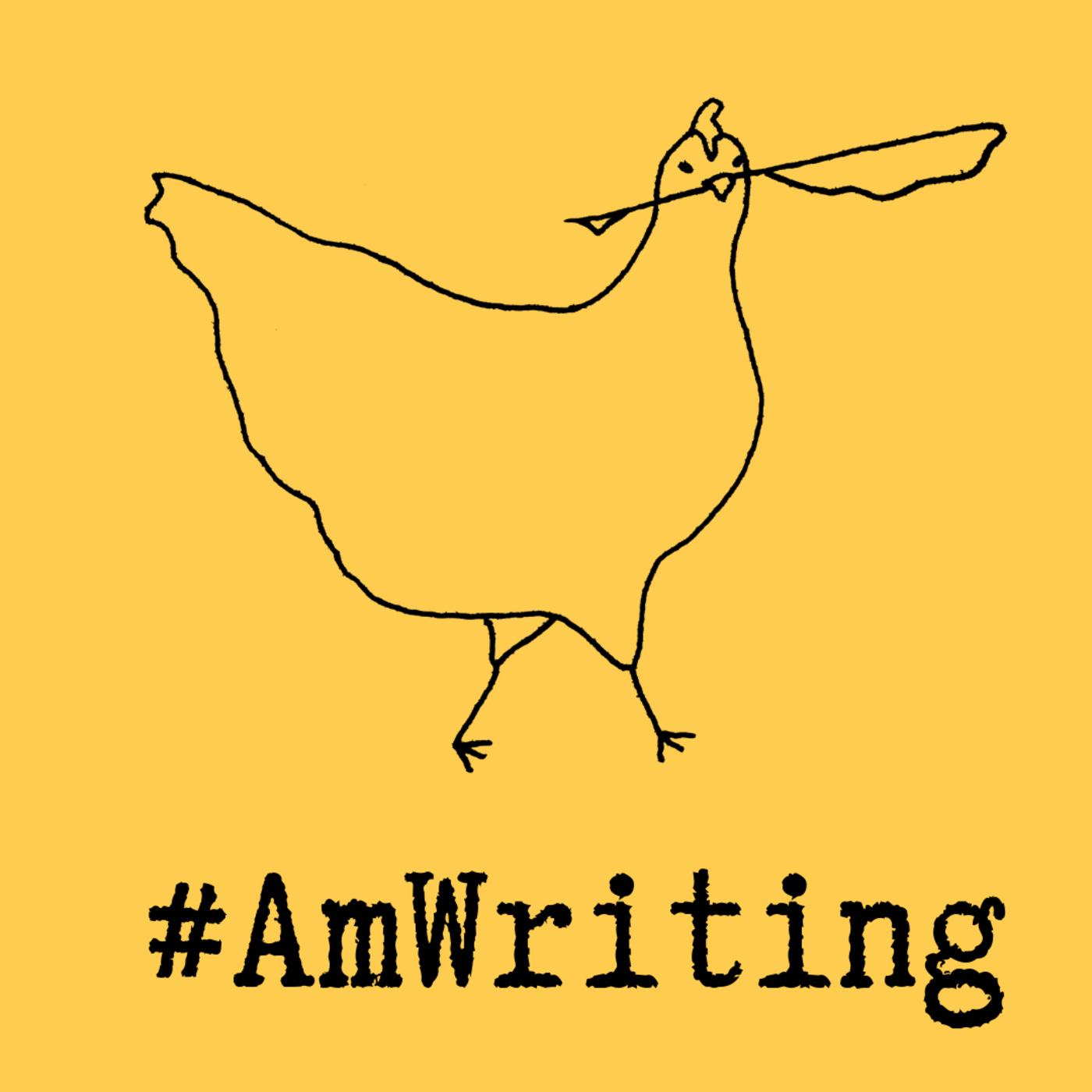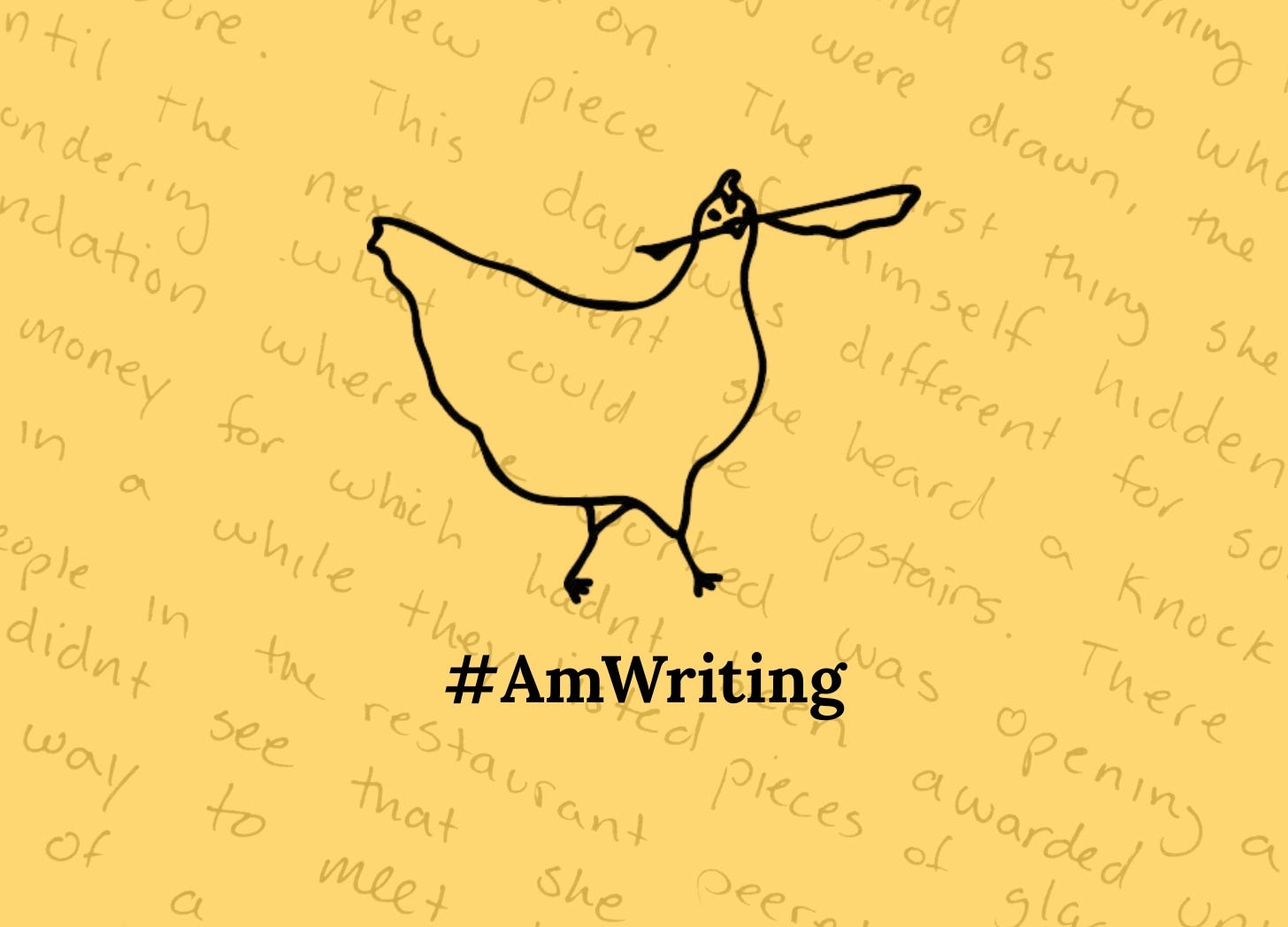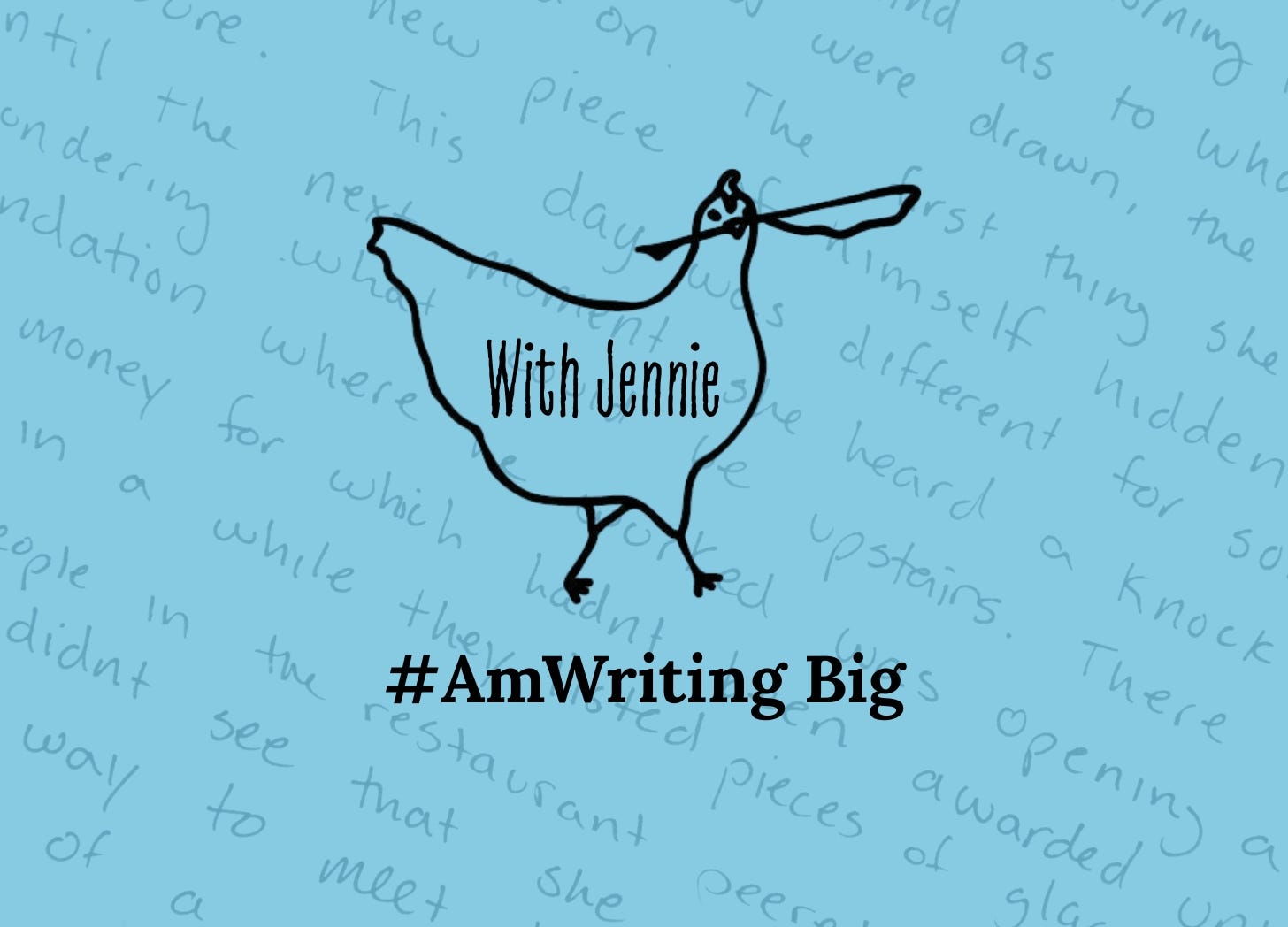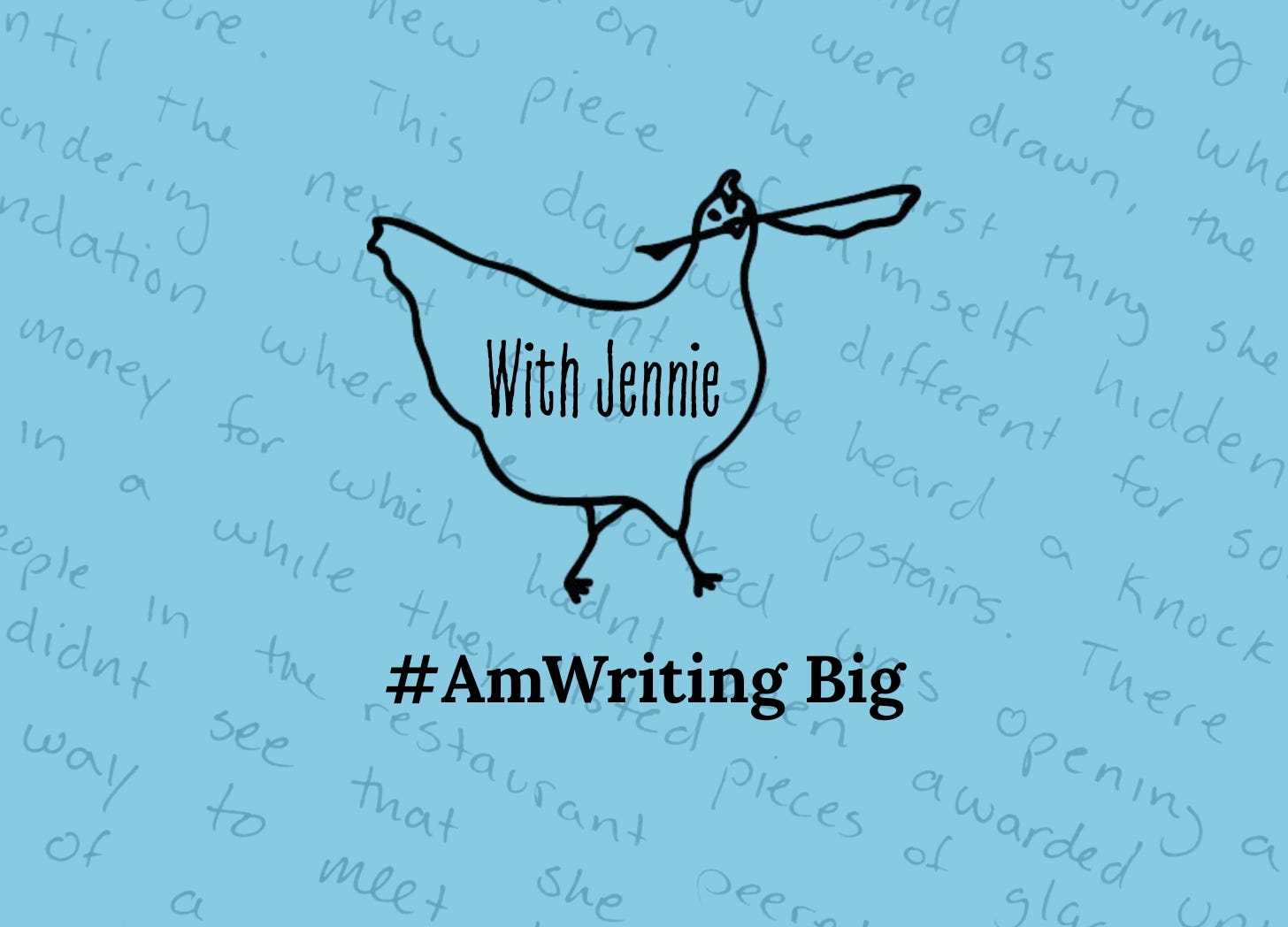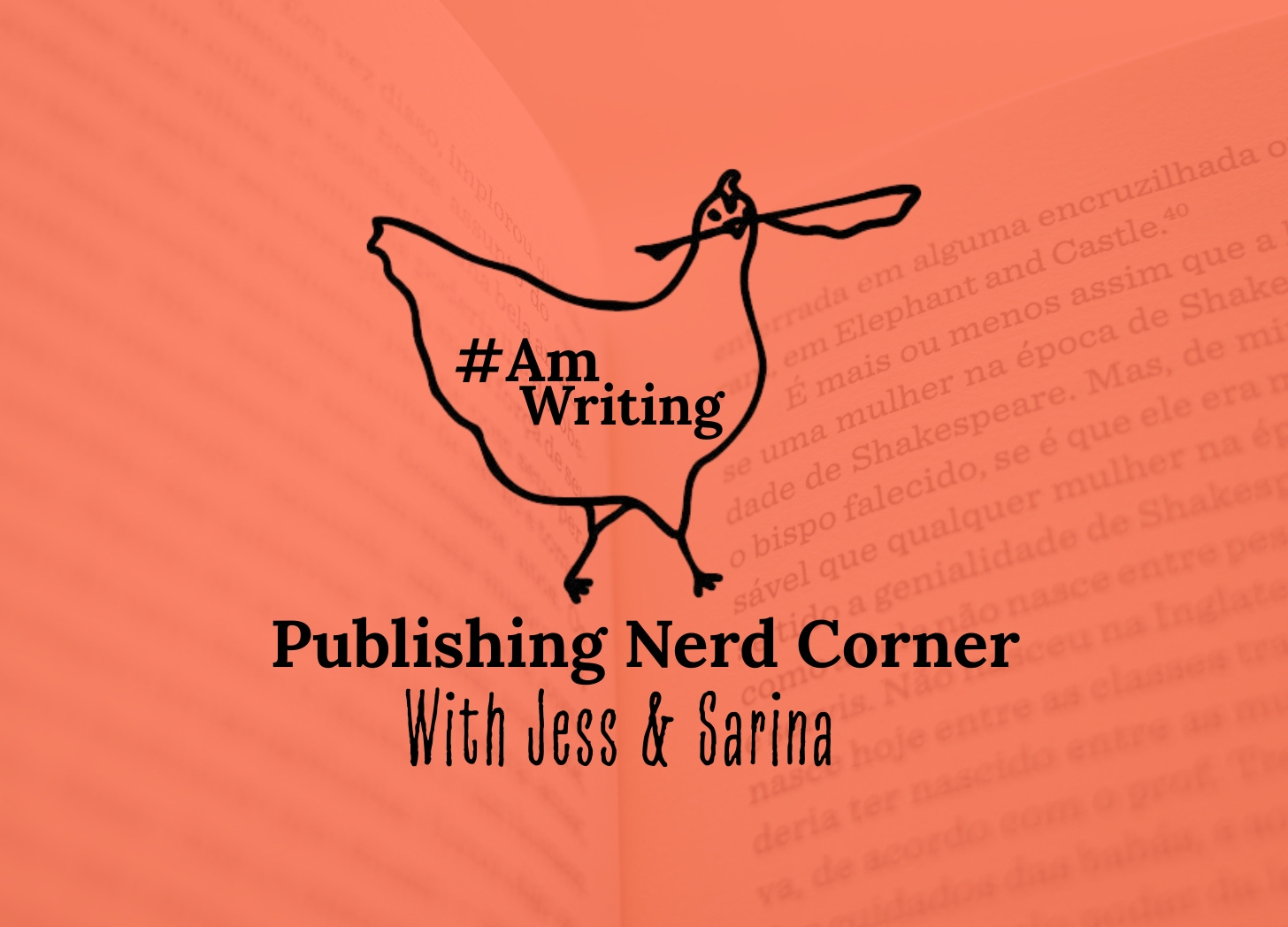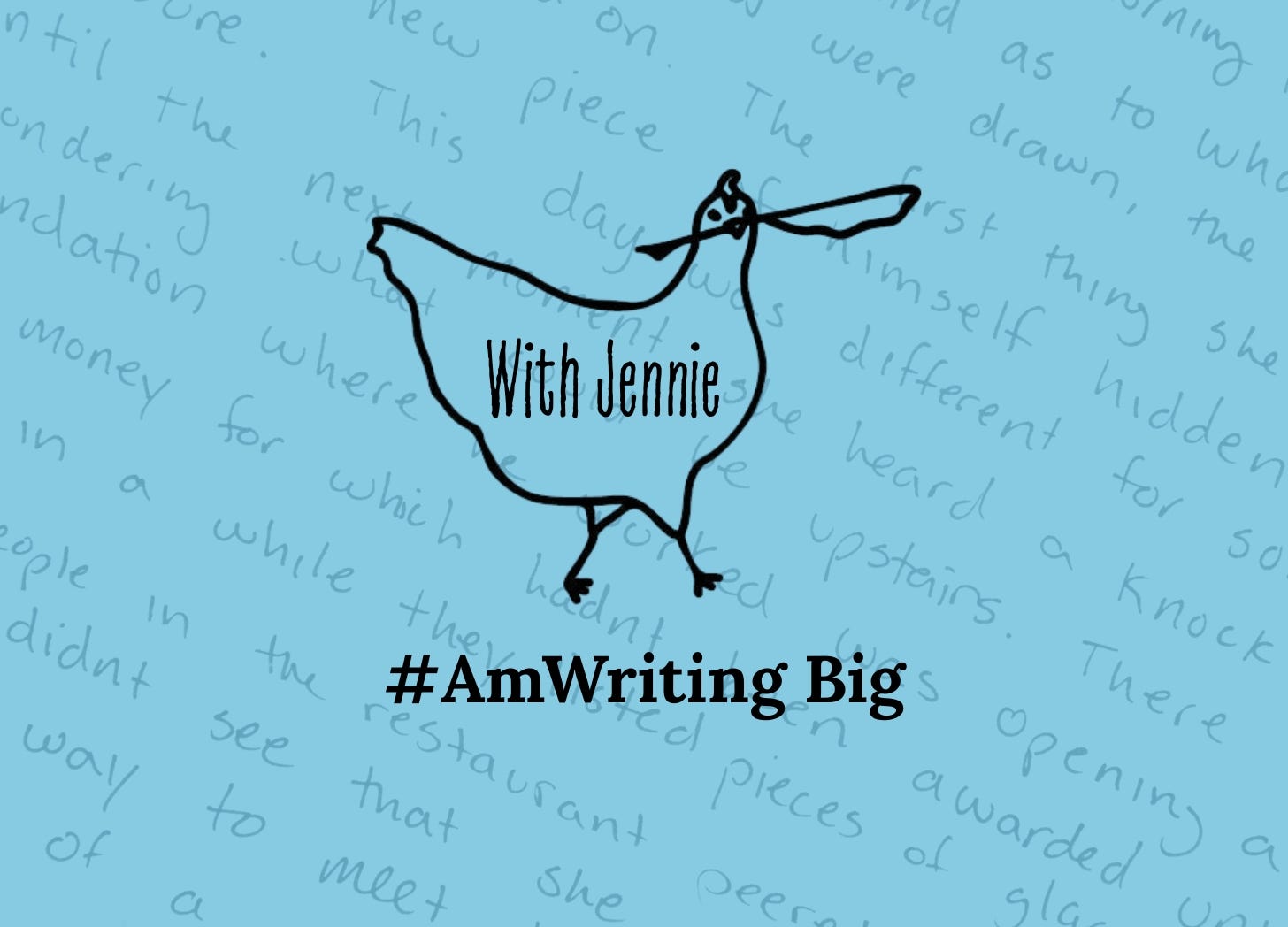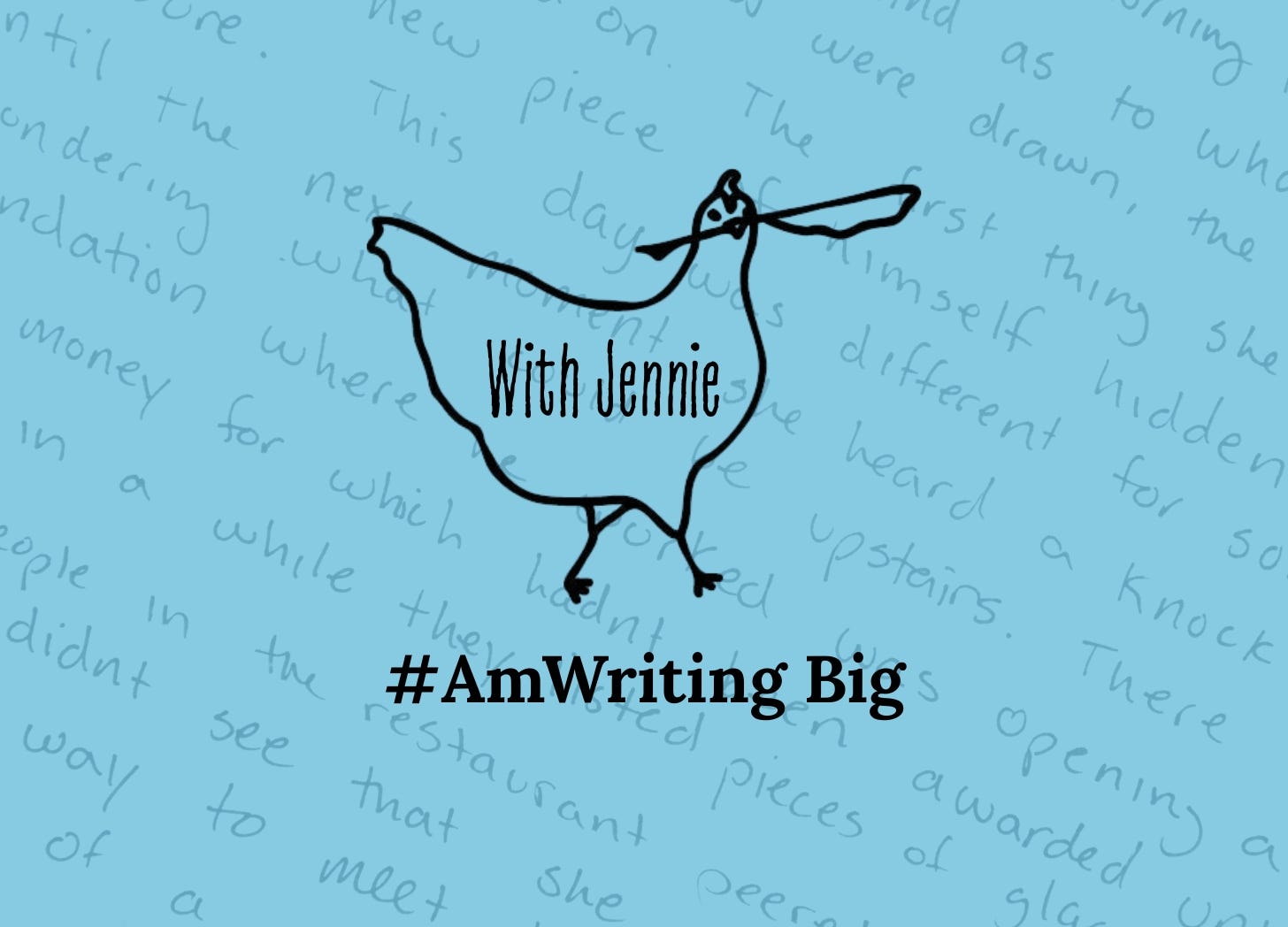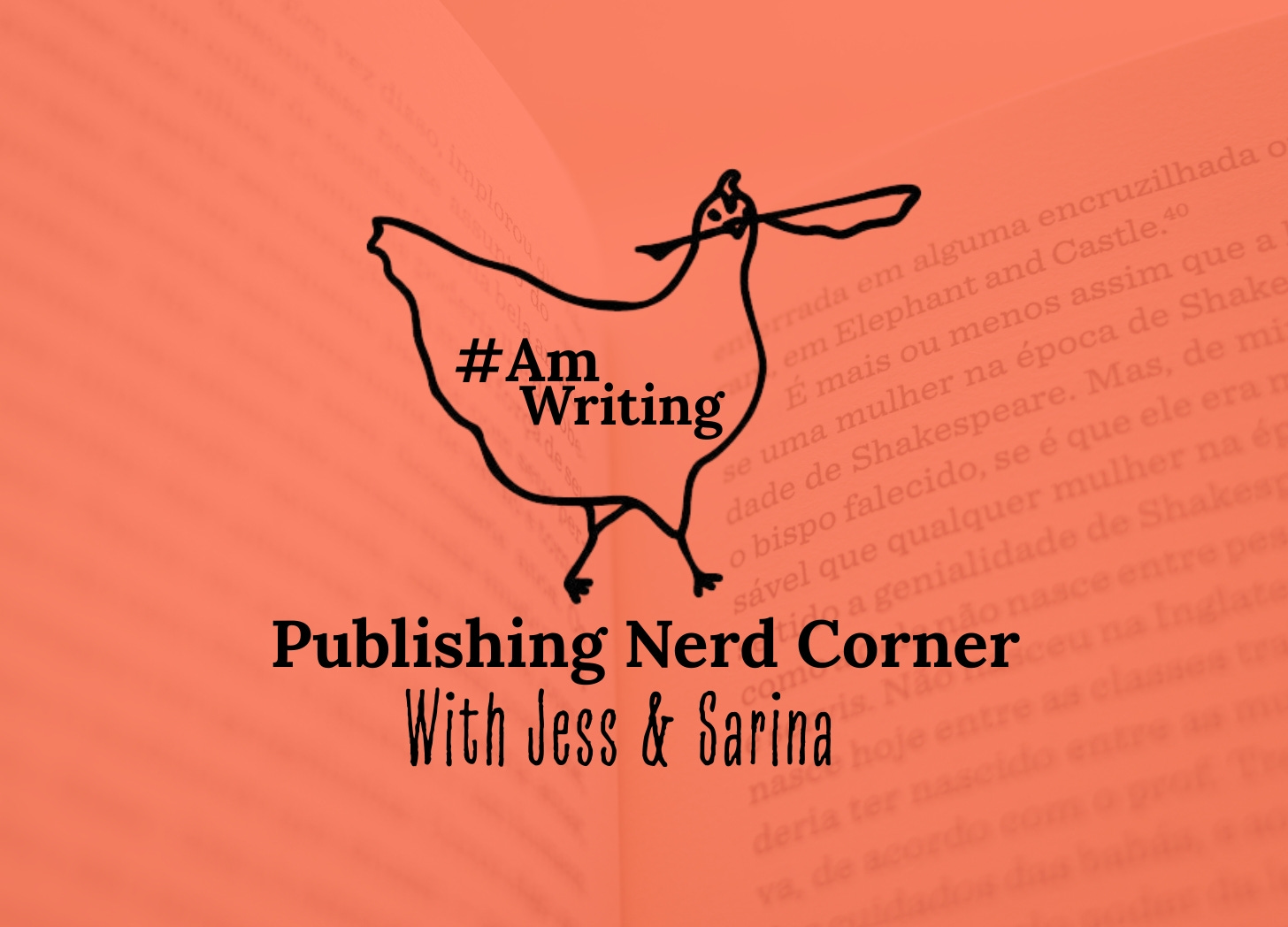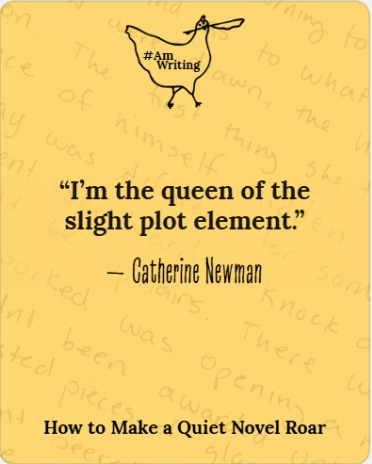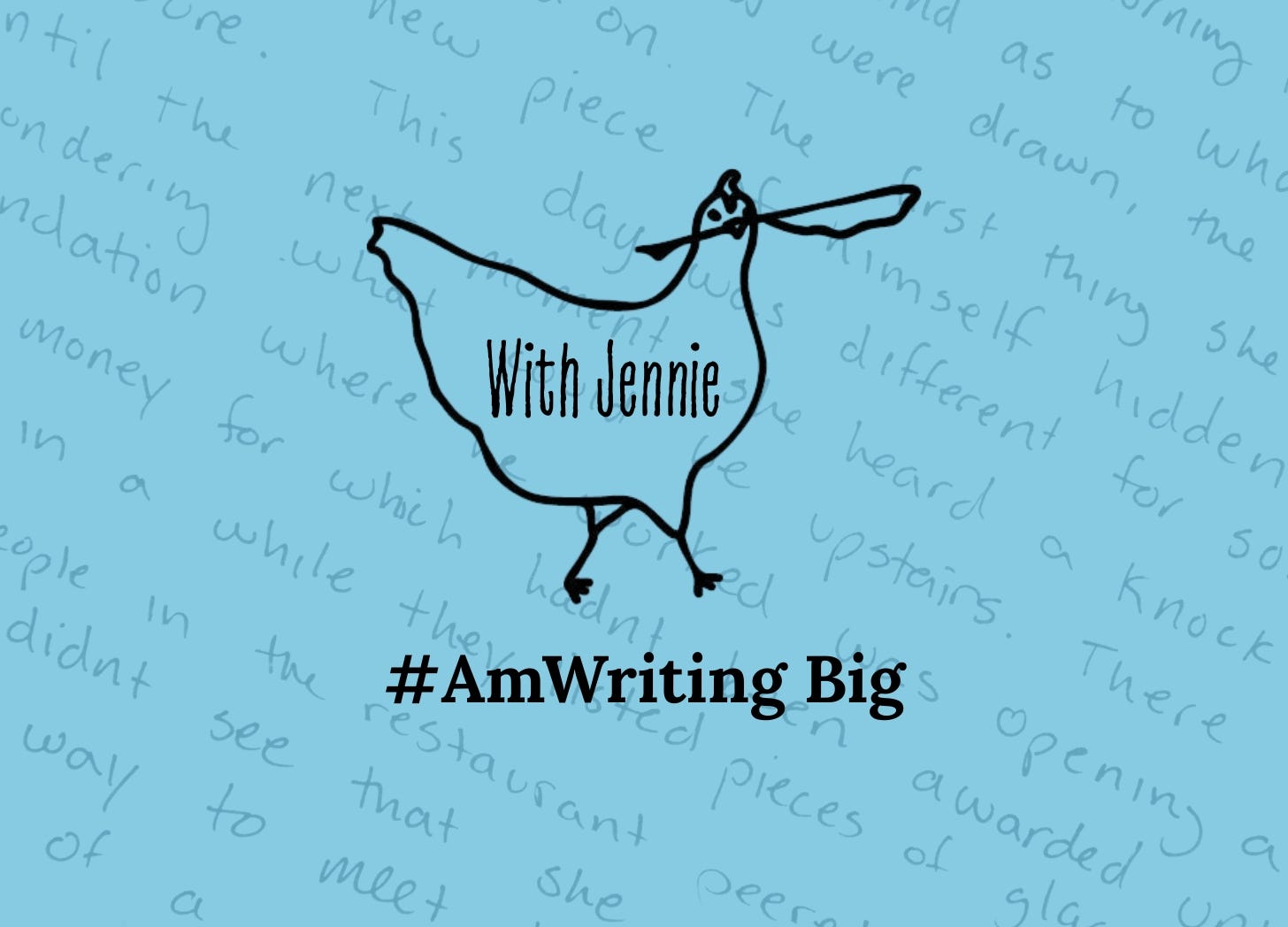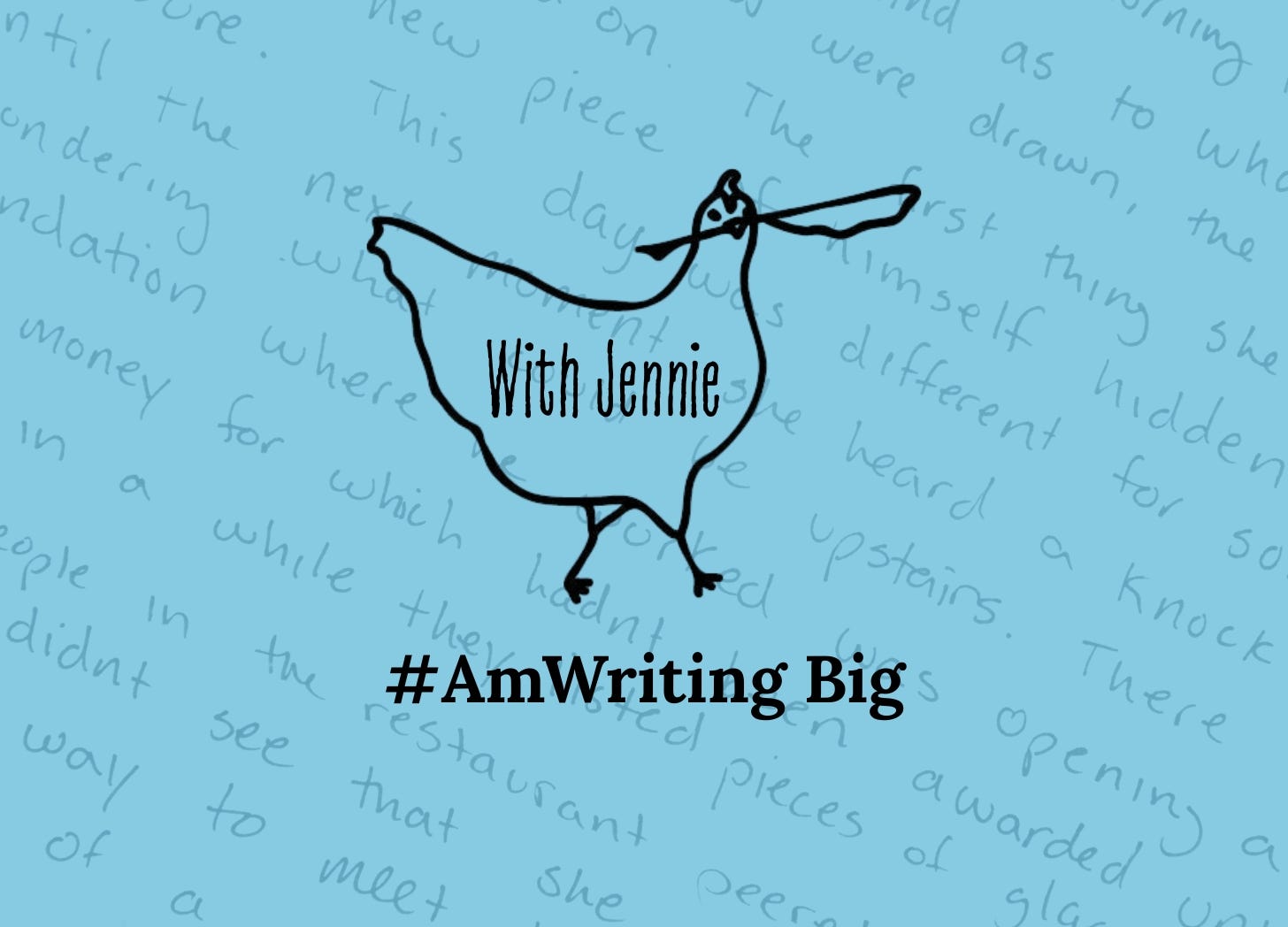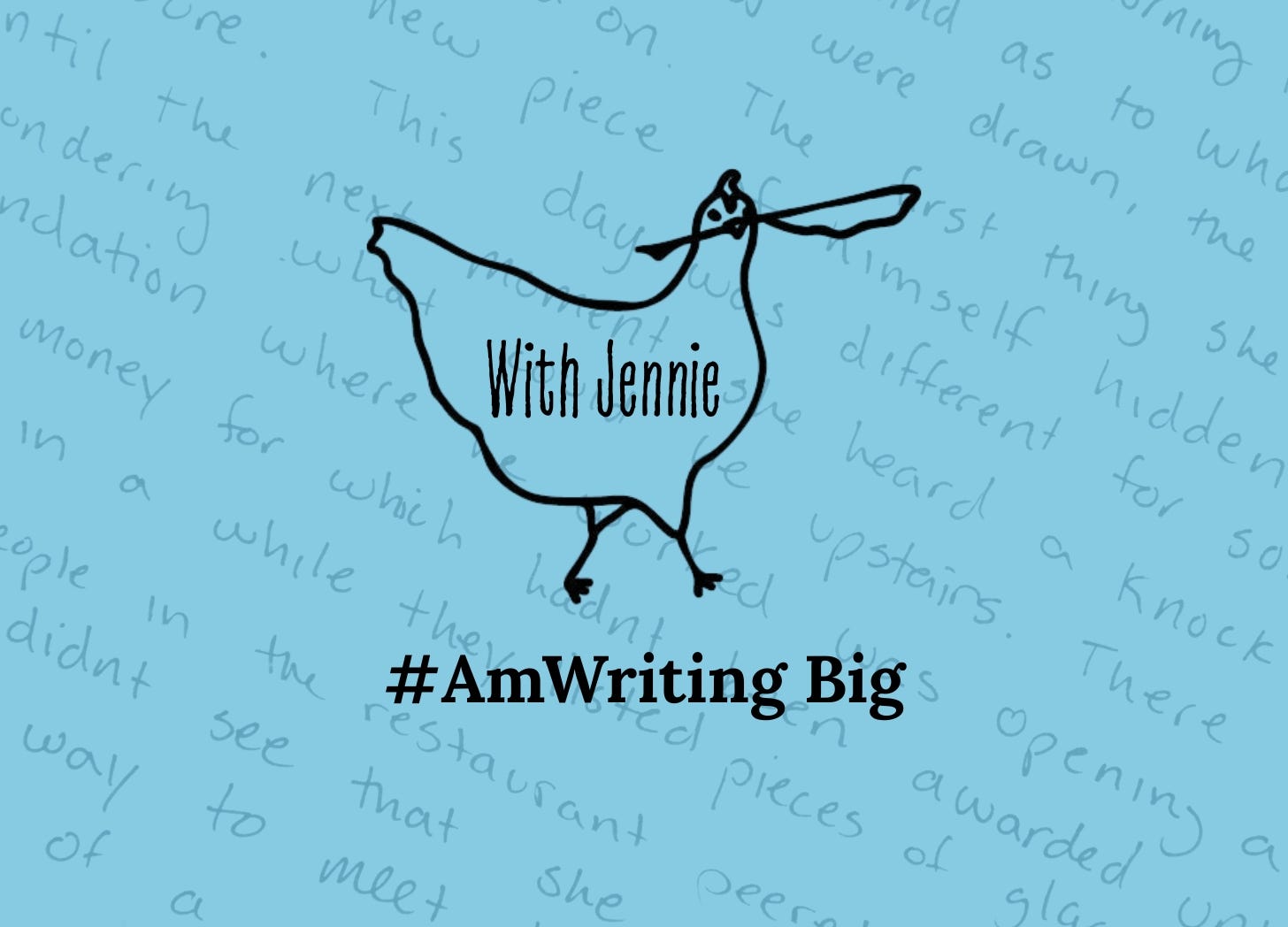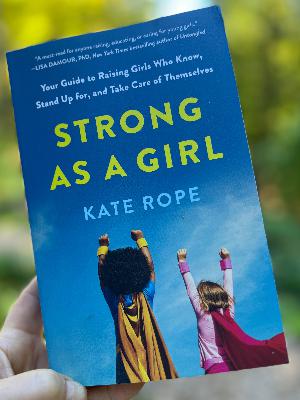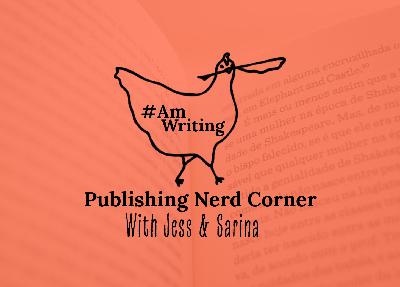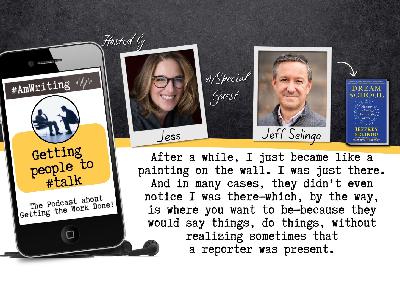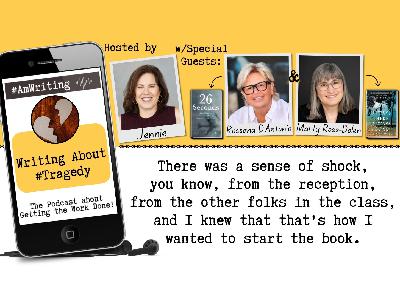When You’ve Written the Right Scene in the Wrong Place
Description
Here’s this week’s episode, which we accidentally tucked behind the paywall in the first send. Friday #AmWriting is always free—but if you’re already a paid sub, thanks! And if not… maybe now’s the time?
Every draft gets messy. Characters show up too early, reveals happen too late, and suddenly nothing’s where it “should” be. In this episode, Jennie and KJ talk how to tackle the chaos and keep your words flowing.
Episode is free for all and romping through podplayers everywhere. Transcript is below—for paid subscribers only (because they cost $$ to make—thanks for helping us keep them coming!)
(Hearing impaired? Shoot us a note and we’ll work it out.)
Because Free Doesn’t Cover Transcripts
TRANSCRIPT
KJ Dell’AntoniaI had written about 13,000 words-ish, and sort of vaguely call it the first five chapters, sort of. I have my loose, rickety Inside-Outline, which gets to the end and becomes almost an only emotion outline, because I’m not entirely sure I know what’s going to happen. I’m not entirely sure how. And, you know, we talked about that, so that’s fine. Like, I’m working—I’m working from that. I’m not working—it’s not like, and next I will write this. It’s more like, here’s the—what—whatever scene I write next, here’s why it has to happen, plot-wise, and here’s why it has to happen, emotion-wise. But it may not be exactly what I outlined. So I’m actually making an outline of what I actually wrote as I write it, which is kind of fun. But then as I’m—so as I’m doing that, and kind of comparing what I think is going to happen to what I’m writing, I realized, after I sent you a big chunk, which we’re partly excited about and partly not—and then it was—it was great—I realized that I needed something. Some things were out of order. Like, I started to write the thing that was the next up in my kind of vague plan, and then I was like, oh, wait. Like, I can’t have—this person can’t be doing this before—or they’re—like, I need—I need—anyway, so I’ve ended up—I went back, but I’m not revising. I’m actually sticking in new things already. So it’s like that 13,000 words is stretching out into, you know, probably 20,000 words as we approach. So I’m still in the world before the big death happens, because there were things... but also, in part, because it was getting too long. Like...Jennie NashYeah. Yeah.
KJ Dell’Antonia
So I needed things—so I needed to move some action. I was like, oh, well, now I’m supposed to have, like, five more things happen before the death. I can’t put another 10,000 words in here. Those things have to go back up. They have to start happening within what I’ve already done. So some of it was that as well.
Jennie Nash
Well, it was super fun to read your pages, because I can just feel the wheels turning, I guess, or the engine of the whole thing. And there were parts of it that felt super assured and like, oh, this is going to be good. And you really know this character now, which is what you’ve been circling around—like, really, who is this and really what’s going on here? And that was so fun to see. It was like, oh, yeah, more of this. This is great. This is—this is going to be good. And then there were other parts, it was like, well, what’s happening here?
KJ Dell’Antonia
Yeah, well, that was one of the parts that was like this. That was—it was in the wrong place. It was like; I was trying to do too much sort of introductory throat clearing.
Jennie Nash
So, KJ, I want to stop and ask you a question about something you just said, because you whizzed by it and it’s—it’s like an incredible skill that you have. Where you said something was out of order. It wasn’t that the thing was—what you wrote was not good or not right for the book. It was that you determined it was in the wrong place. And there’s so much that goes into that, like it’s about thought, but it’s also about rhythm and pacing and feel. And I just feel like that’s something a lot of people don’t know how to do. Like, can you talk about that for a hot second?
KJ Dell’Antonia
I can try. Some of this I learned from Sarina [Sarina Bowen], and from reading her thriller draft while she was still working on it, and talking about the process of paying attention to what the reader learns when—both from a thriller... this works—it’s not just from a thriller perspective, it’s also—I think we all have this urge to sort of, like, introduce—like you—when you read Save the Cat and you read all this, there’s—there’s an introductory period where you have to establish that you know your protagonist, everything is going wrong in their home life, their work life, and their emotional life. And the reason for that is—the you know—their emotional flaw. I’m probably mashing together a lot of different systems here. So you learn that, and then, you know, you want to write, like, 30,000 words of what’s wrong with your character and what’s going on—it’s all backstory. And then, you know, maybe you do that, and you realize there’s not enough action in it, and there’s not—you know, you do want the reader to know those things, but they need to know it more gradually. And then you start paying attention in the books that you’re reading to how little you maybe know before things happen, and how much fun it is to figure things out. Even silly things like, oh, you know, why—why are they not going back to their apartment all day? And it turns out to be because their ex was clearing their stuff out of there that day or something like that. But they don’t say that, because that’s not how they think about it. They just think, all right, can’t go back to the apartment, damn it, you know? And I just spilled coffee all over myself. Where am I going to take a shower? Better call this friend. And so your brain is like, wait, why can’t you go back? And so creating—building that—is really hard. And I think paying close attention as you read, and learning to pay attention even as you read for fun to what’s making it fun is kind of what has helped me build that. And again, then watching Sarina build her endings and be like, oh, I gave this up too soon—which is a different process. So I was more—I’m more in the “I took too long to tell you this,” or “I took too long to let this happen.” I worried too much about telling you everything before I let it happen. I’m at that stage—like at the beginning of the book. Things need to happen while you’re telling the reader things.
Jennie Nash
Well, this is so good because what you’re really saying is that you’re not just writing your story—you’re thinking about the reader’s experience of being in your story. I mean, that’s the pro move, right? Is...
KJ Dell’Antonia
I hope so.
Jennie Nash
Doing both things at the same time—like, what—what is the reader going to know? What are they going to feel? What are they going to think? What’s—what’s your question—what’s going to be fun for them?
KJ Dell’Antonia
Yeah.
Jennie Nash
Such a good question.
KJ Dell’Antonia
Yeah. And this is a multi-protagonist book—or not multi—it’s not—it’s a multi-POV book with one protagonist. So that balance is also really interesting. And I’ve tried to pay attention to how other people do that. But that was part of it—was realizing that’s what that was. The mistake that I was making was—I had—there’s going to be five points of view, but, as I said, one protagonist. And so I had given you two of the other points of view, and one of them—um, Summer—was—was embroiled in the action. Like, I feel like that one in turn—but the other one was too introductory. It was too much this—and so I moved that to after Nate breaks his leg. That’s when we really meet her for the first time. And it’s just very—and it—so it makes things happen faster.
Jennie Nash
That’s so good. That’s so good.
KJ Dell’Antonia
Yeah, we don’t need—we don’t need an introduction to her, and we’re not really getting an introduction to any of these other characters other than through the protagonist. You just suddenly get their point of view. And that’s—I don’t know that. It feels modern, it feels fast. We’ll see...
Jennie Nash
Well, and it’s—the other point of view, are there not to tell their own story...
KJ Dell’Antonia
Right.
Jennie Nash
But that’s a structure, but that’s not your structure. They’re there to help—to tell the protagonist’s story.
KJ Dell’Antonia
Yeah, and to help—yeah, they have their own stories, but exactly—exactly. They’re there to tell—I mean, they’re there to help tell the protagonist’s story. But really, they’re also there... they’re there because they need to be there to tell the larger story.
Jennie Nash
Right. Right.
KJ Dell’Antonia
So they’re there for the plot story, but the plot story all is also very intertwined with the protagonist’s story. So—but—but—yeah, so every time—but every time I go to them, it needs to be, why are we here? Like we can’t—I can’t ever just go to that other—that other point of view so we learn what’s going on with that point of view. That’s not why they’re there.
Jennie Nash
Right.
K

